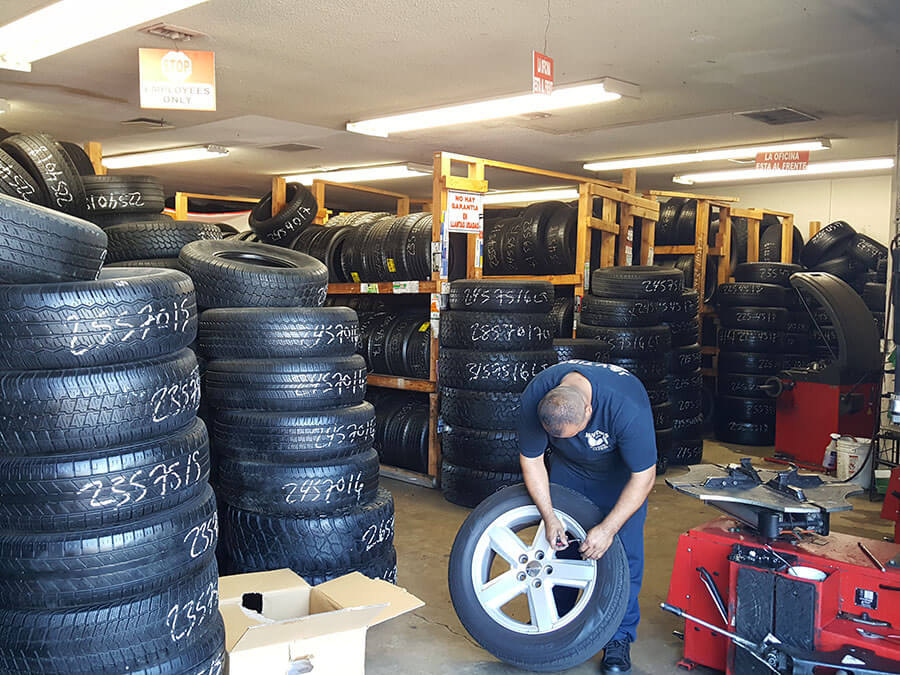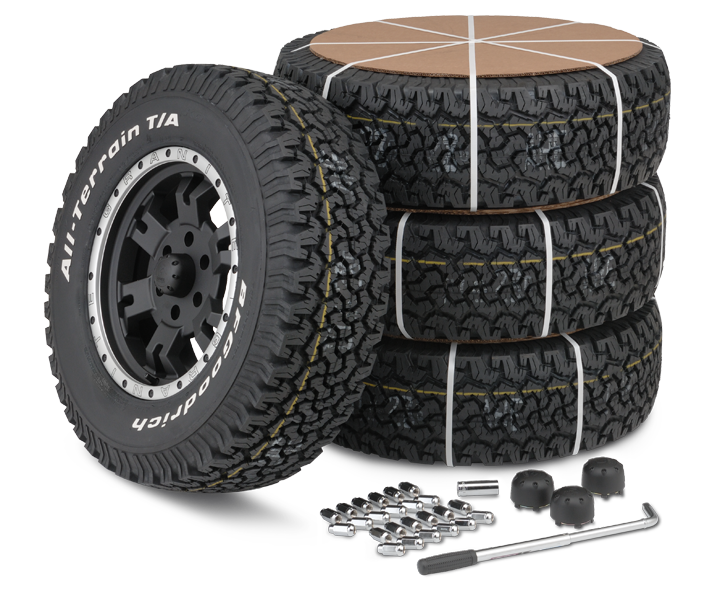Tire Service: The Impact of Weather Conditions
When it concerns guaranteeing optimal performance and safety and security when traveling, understanding the impact of climate conditions on tire solution is important. From scorching warmth to icy roadways, each weather aspect can significantly affect tire functionality and total driving experience. By delving right into the results of varying weather on tires, motorists can acquire valuable understandings that might enhance their car's performance and longevity. In this discussion, we will certainly discover the intricate relationship between climate condition and tire solution, clarifying the importance of weather-specific tire maintenance practices and factors to consider.
Warm and Tire Performance
When revealed to heats, tires experience adjustments in efficiency that can significantly impact automobile security and handling. The warmth produced from long term driving or heat conditions triggers the tire rubber to soften, resulting in decreased step life and enhanced wear. As the rubber comes to be softer, the tire's hold when traveling diminishes, influencing braking ranges and general traction. In severe instances, too much warmth can also trigger tire blowouts, presenting an extreme safety and security danger to the vehicle and its residents.
Furthermore, high temperature levels can accelerate the process of tire aging, causing the rubber to weaken a lot more swiftly. To reduce the impacts of warm on tire efficiency, vehicle drivers must routinely examine their tire pressure, turn tires to ensure also use, and inspect for any type of indications of damages.
Winter Impacts
Cold weather problems can have a significant effect on tire efficiency and security. In chilly weather condition, tires might also lose air pressure much more quickly, which can impact taking care of and fuel effectiveness.
To mitigate the results of cold weather condition on tires, it is important to regularly check tire pressure and inflate them to the supplier's suggested degrees. Using winter months or all-season tires made for cold weather condition conditions can likewise enhance traction and grip on icy or snowy roadways - discount tires morris il. Appropriate tire upkeep, including regular evaluations for wear and damages, comes to be much more crucial during chillier months to make sure optimal performance and safety
Rainy Issues Influence
During rainy problems, tire efficiency and security can be significantly influenced by the damp road surfaces and lowered presence. The walk pattern of tires plays a crucial function in keeping traction on damp roads. Tires with worn-out footsteps are much more prone to hydroplaning, where a layer of water develops in between the tire and the road surface, causing loss of traction. To combat this, chauffeurs ought to frequently evaluate their tires for sufficient tread deepness and consider investing in tires especially designed for damp problems.

Snow and Tire Safety And Security
Snow-covered roads pose one-of-a-kind challenges for chauffeurs, emphasizing the importance of proper review tire selection and upkeep. When driving in snowy problems, having the best tires can make a substantial distinction in safety and security and efficiency. Wintertime tires are made with unique rubber compounds and step patterns to provide far better traction on snow and ice compared to all-season tires. The deeper treads and sipes of wintertime tires assist grip the roadway better, minimizing the danger of gliding and sliding.
In enhancement to utilizing winter months tires, it is vital to ensure they are correctly blown up. Cold climate can trigger tire pressure to go down, affecting traction and handling (discount tires morris il). Frequently checking and keeping the appropriate tire pressure is vital for ideal performance in snowy conditions

Weather-Related Tire Maintenance
Weather-related tire maintenance incorporates a range of techniques aimed at guaranteeing optimal tire function and longevity in various climate scenarios. One essential element of weather-related tire upkeep is tire stress policy. Evaluating tire tread routinely and replacing tires when walk wear gets to a particular deepness is important for keeping grip and security in unfavorable weather.
Verdict
In conclusion, weather condition conditions have a significant impact on tire performance and safety and security (tires morris il). From heat impacting tire stress and put on to cold weather condition minimizing traction, it is necessary to take into consideration the weather when preserving and making use of tires.
In this discussion, we will discover the complex partnership in between weather condition conditions and tire solution, dropping light on the relevance of weather-specific tire maintenance techniques and considerations.
